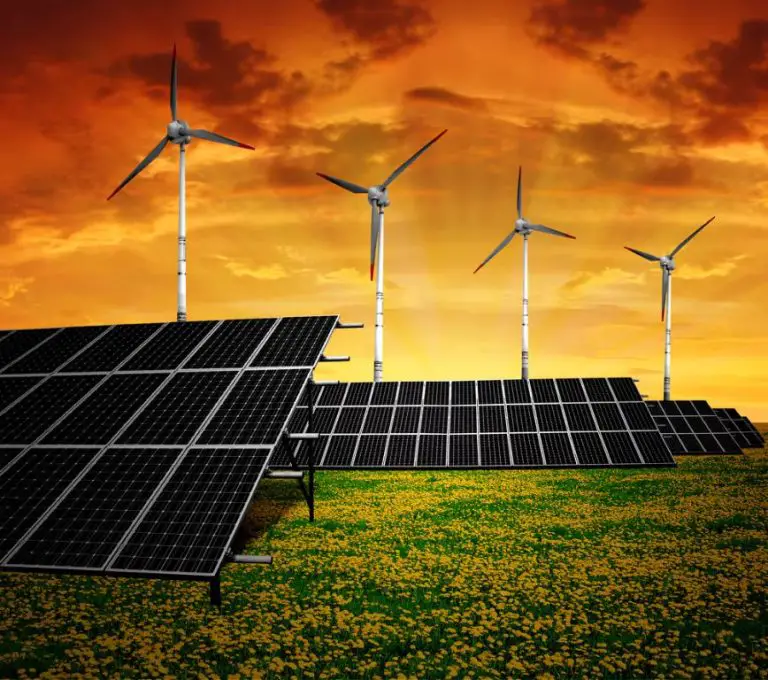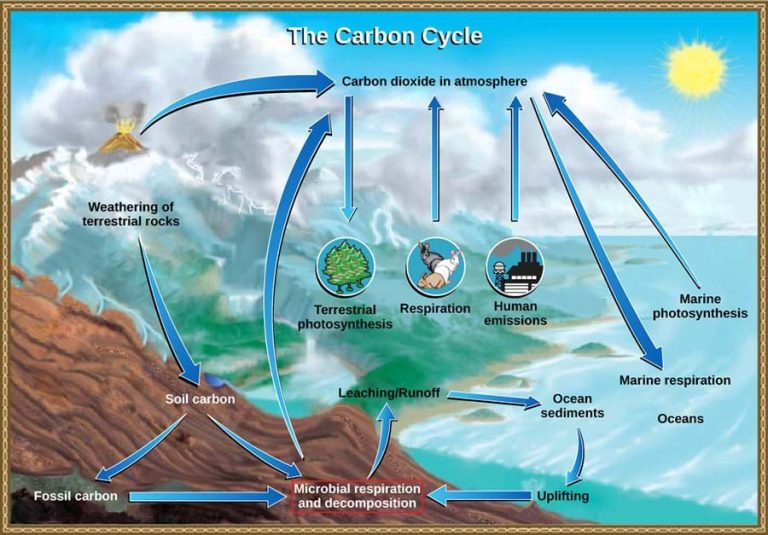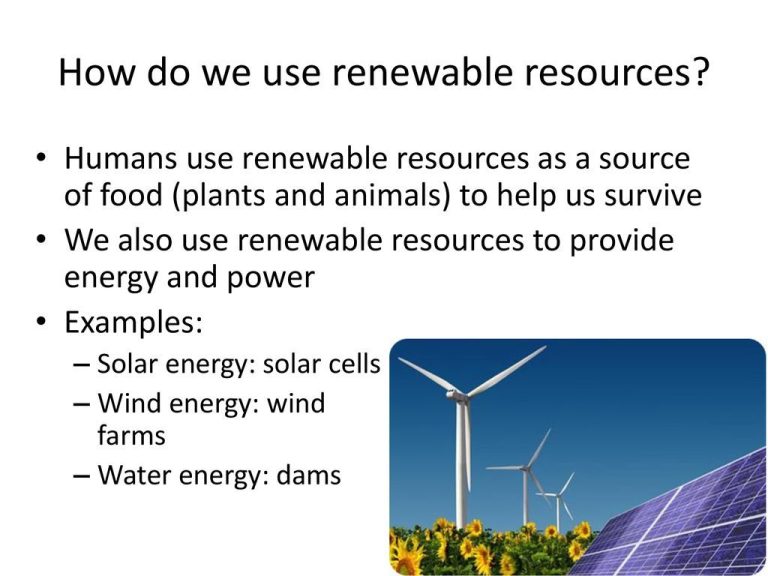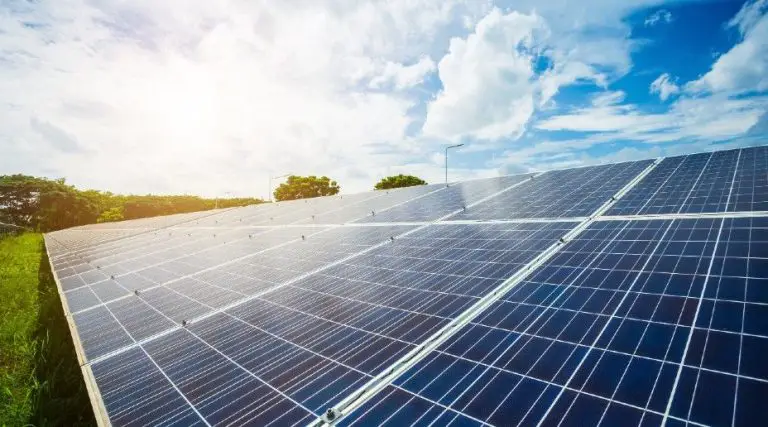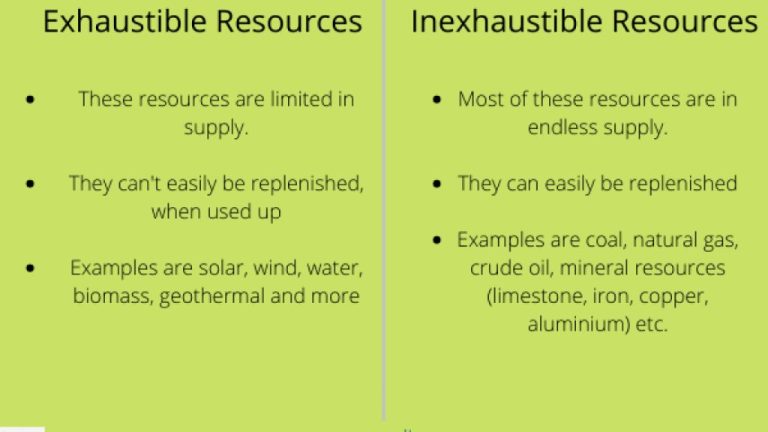Is The World Moving Towards Renewable Energy?
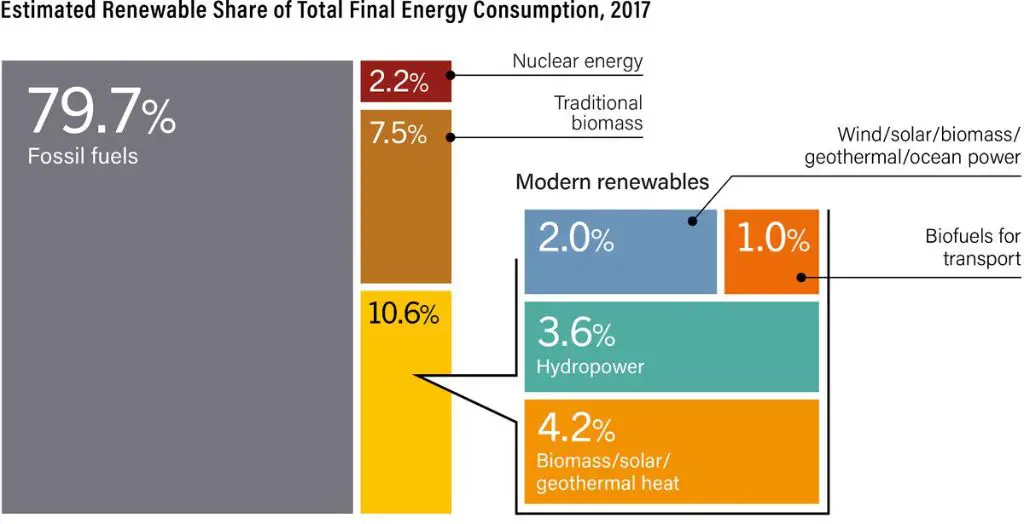
Renewable energy comes from natural sources or processes that are constantly and sustainably replenished. Some examples include sunlight, wind, rain, tides, waves, biomass and geothermal heat. The key characteristic is that renewable energy sources regenerate and can never be depleted. In contrast, traditional “brown” energy sources like coal, oil and natural gas are finite and produce carbon emissions that contribute to climate change.
In recent decades, interest and investment in renewable energy has grown exponentially. Factors driving this growth include climate change concerns, energy security, policy support, technology cost reductions and expanded market opportunities. As a result, renewable energy technologies have gained significant market share in the global energy mix. According to the International Energy Agency, renewables accounted for over 26% of global electricity generation in 2017, with projections to rise to 30% by 2022 [1]
.
This section will examine global trends in renewable energy development, adoption and outlook. Key questions include: What market sectors and technologies are leading growth? What policy and economic factors are catalyzing change? What obstacles may slow progress? Answering these questions provides insight into whether the world is moving towards renewable energy as part of a sustainable energy transition.
Declining Costs
The costs of renewable energy technologies like solar and wind have declined dramatically in recent years. According to the International Energy Agency (IEA), between 2010 and 2021, the global weighted average levelized cost of electricity (LCOE) for utility-scale solar PV fell by 85%, and the LCOE for onshore wind fell by 56% (IEA, 2023). The U.S. Energy Information Administration also found that average construction costs for solar PV projects fell by 6% and costs for onshore wind projects fell by 5% between 2020 and 2021 (EIA, 2023). According to the IMF, between 2009 and 2019, prices dropped 76% for solar panels and 34% for wind turbines (IMF, 2019). The declining costs are making renewable energy competitive with fossil fuels in many parts of the world.
Investment Trends
Global investment in renewable energy continues to rise year after year. According to the International Energy Agency (IEA), an estimated $2.8 trillion was invested in energy in 2023, with over $1.7 trillion going to clean energy like renewable power, energy efficiency, electrified transport, batteries, and more (IEA). The International Renewable Energy Agency (IRENA) also provides detailed statistics showing the growth in renewable energy finance and investment over time (IRENA).
Bloomberg data shows that investment has expanded renewable energy capacity significantly. Solar energy now accounts for over 8% of global generating capacity, while wind accounts for almost 9%. Continued investment will further increase capacity and deployment (Bloomberg). The trends clearly highlight that investment in renewables is rising rapidly around the world.
Policy Support
Governments around the world are implementing policies and programs to accelerate the transition to renewable energy. Examples include community renewables programs, third-party ownership options, interconnection processes, and others (Policies and Programs).
The International Energy Agency recommends 20 key policy actions to scale up renewables, such as stable policies, market design, system friendly integration, and regulatory frameworks (20 Renewable Energy Policy Recommendations – Analysis). The U.S. EPA also outlines benefits and barriers to renewable energy adoption along with supportive policies at the state level (State Renewable Energy Resources).
Tax credits, rebates, renewable portfolio standards, and other policies provide financial incentives and market certainty to increase renewable energy deployment. Governments play a crucial role in enabling favorable market conditions through policy support.
Corporate Procurement
Many major corporations are procuring renewable energy to power their operations and meet sustainability goals. According to CNBC, Amazon, Meta and Google purchased more renewable energy than any other companies in 2022. The companies are buying wind and solar power through long-term contracts called power purchase agreements (PPAs) which allow them to source electricity directly from new renewable energy projects. Amazon is the largest corporate purchaser and contracted 6.2 gigawatts of renewable energy projects in 2022. Meta and Google ranked second and third, contracting 2.9 gigawatts and 2.3 gigawatts respectively.
According to BloombergNEF research, technology companies like Amazon, Meta, Microsoft and Google lead the world in buying clean power through corporate PPAs. Many major companies across industries like telecommunications, consumer goods, logistics and finance are also contracting large amounts of renewables. Corporate renewable energy purchases reached a record of 31.1 gigawatts in 2021, up from 19.5 gigawatts in 2020. Companies are motivated by both sustainability commitments and the declining costs of wind and solar, which makes renewable energy economically attractive.
Developing Nations
Renewable energy is helping provide access to electricity in developing nations, especially in remote and rural areas. According to the UN SDG report, developing countries saw 9.6% annual growth in renewable energy installation from 2010-2019.1 However, over 770 million people still lacked access to electricity in 2019, with the majority in Sub-Saharan Africa.2 Off-grid and mini-grid solutions using solar, wind, and hydropower can provide electricity to remote villages and areas unserved by the centralized grid. For example, India aims to install 10,000 mini-grids to provide power to rural communities.
The falling costs of renewables make them attractive options for developing countries to expand energy access. Renewables can be deployed faster than large fossil fuel plants and distributed to unelectrified communities. The modular and scalable nature of technologies like solar panels and wind turbines allows developing countries to start small and increase capacity over time. According to Enel Green Power, 94 GW out of 114 GW of new electricity capacity added globally in 2019 came from wind and solar.3 With the right policies and financing mechanisms, renewables have the potential to connect the world’s poorest to electricity.
Grid Integration
Integrating renewable energy sources like wind and solar into the electric grid presents both opportunities and challenges. As the share of renewables grows, grid operators must balance fluctuating supply and demand while maintaining reliability. However, there are solutions to overcome these challenges.
One major challenge with integrating renewables is their intermittent nature, which can lead to grid instability. For example, solar output changes throughout the day and drops to zero at night, while wind generation depends on weather patterns. This variability strains the grid’s ability to match supply with demand (Source 1).
Another challenge is that regions with the best renewable resources are often remote from population centers that need power. New transmission lines are often required to connect renewable energy projects to the grid, but building long-distance transmission is complex and costly (Source 2).
However, solutions exist to overcome these integration barriers. Advanced forecasting helps grid operators anticipate fluctuations in renewable output. Energy storage like batteries and pumped hydro can store excess renewable energy and discharge it when needed. Interconnecting regional grids makes the system more flexible in absorbing variable renewables. And advanced power electronics help maintain reliability even with more renewables (Source 3).
With the right strategies and technologies, higher shares of renewable energy can be integrated into the grid while maintaining reliability and affordability.
Barriers and Obstructions
There are still major barriers and obstructions that slow down the transition from fossil fuels to renewable energy. Entrenched interests, including fossil fuel companies and utility monopolies, stand to lose profits and market share as renewables grow, so they use lobbying and disinformation campaigns to hinder the transition.
According to a report by the International Energy Agency, fossil fuel subsidies, political pressures, and regulatory hurdles all pose challenges to renewable energy growth. Utility companies with sunk costs in fossil fuel power plants resist policies that encourage renewable power generation. The renewable industry must overcome powerful incumbent interests to enable the clean energy transition.
Established energy infrastructure also obstructs integration of renewable power into grids designed for fossil fuel electricity. As noted in an article from Sustainable Review, intermittency and variability of renewable sources like wind and solar pose technical challenges for grid stability and reliability without storage solutions. Upgrading transmission grids and expanding energy storage is critical but costly and complex.
Future Outlook
Both the International Energy Agency (IEA) and Deloitte project continued substantial growth for renewables in the future, but steeper deployment is still required to meet climate goals. The IEA expects that renewables will provide 80% of new power capacity installed by 2030 under current policy settings, with solar alone making up over half that growth. However, renewables still need to grow four times faster to put the world on track to reach net zero emissions by 2050.
To accelerate the transition, Deloitte recommends several key focus areas: policies that catalyze investment and innovation in renewable technologies, building out grid infrastructure and transmission networks, and developing hybrid renewable systems that pair solar, wind, hydropower and battery storage to ensure reliability. The IEA also underscores the need for policies that drive down costs further and ensure renewables’ competitiveness. With the proper support, renewables could provide up to 90% of global electricity supply by 2050.
Sources:
https://www.iea.org/news/the-energy-world-is-set-to-change-significantly-by-2030-based-on-today-s-policy-settings-alone
https://www2.deloitte.com/us/en/insights/industry/renewable-energy/renewable-energy-industry-outlook.html
Conclusion
As we have seen, the world is moving rapidly towards renewable energy due to several key factors. The costs of renewables like solar and wind have declined dramatically in recent years, making them competitive with fossil fuels. Major investments are flowing into the renewable sector from governments, corporations and investors seeking future growth.
Supportive policies such as clean energy targets, carbon pricing, and fossil fuel phase-outs are accelerating the transition in many countries. Corporations are increasingly procuring clean power to meet sustainability goals and reduce energy costs. Developing nations are leapfrogging fossil fuels to build new renewable capacity and bring electricity to underserved areas.
Grid management and storage solutions are overcoming integration challenges to allow far higher shares of variable renewables. While obstacles remain, the undeniable momentum points to renewables continuing their remarkable growth, becoming the dominant energy source globally in the coming decades.

